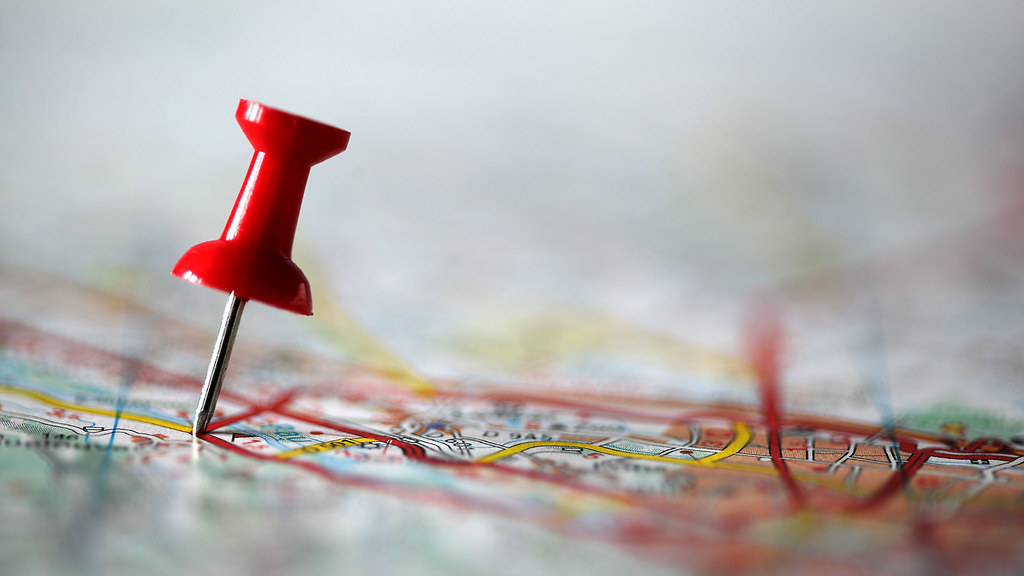
One question we are often asked is “how do we rank well on ‘near me’ searches?”. Many clients think that simply including the words ‘near me’ in every third paragraph will answer this issue – it doesn’t! Keyword stuffing will never answer this or any other issue where search visibility is in question.
In order to rank well in the map pack of options then one important factor is to have an excellent location landing page!
So, what makes a page that can be recognised as an excellent location page?
In basic terms good SEO implementation will satisfy search intent so the following ten items will cover most questions a website visitor may have when looking for a local business.
- Name, Address & Phone number
Otherwise known as NAP, your name, address, and phone number should be an exact copy on your location page, your Google My Business profile, and any other citation.
- Photos
Everyone knows that photos are important for location pages, but so many businesses miss an important opportunity with their photos.
Interior Photos
Interior photos help site visitors to gain a realistic expectation on what to expect in your business.
Exterior Photos
Including exterior photos is super important for location page optimisation. Your exterior photos should include:
- Signage and logos.
- Parking (if applicable).
- Nearby businesses (if within a business park).
Exterior photos are meant to help visitors find your business and can also be a decision-making factor for new business.
Optimise Your Image Meta Data
It goes without saying that your images should be high quality. However, images taken with a modern camera tend to have large file sizes.
Much of this has to do with the excessive meta data included within the photo. There are many software packages available that can remove this meta data with minimal compression, therefore the image quality is not compromised.
Many of these software packages can also be used to add meta data to images such as title, description, and even GPS coordinates.
This may be a bit strong, but will be beneficial for ranking when added to your Google My Business profile.
- Description of Business Location
This is an important area and one that many businesses fail with. Some businesses simply use the same description on all location pages for all of their locations and simply replace the location name.
This is a mistake. Each location page should be unique.
- Helpful CTA
Including a call to action is an absolute must. Make sure that your CTA really makes sense and adds value to the user’s experience.
- Directions to Business
Including directions to your business can help not only users find your business, but it can also help by naturally working geographic specific keywords and targeting into your page copy.
A rule of thumb here is to focus on details from at least two directions. Don’t forget to mention nearby businesses aswell if you are within a trading estate as this can help users find your business.
- Embedded Map
By embedding a map into your details then you can help users figure out if your location is in fact the one nearest to them. If possible, use the Google Maps API to develop a custom map solution.
- Schema
Many businesses simply use LocalBusiness markup but the ideal is to go beyond this simple option. Try to find the most specific local business type that’s relevant to you. Check out Schema.org for a list of more specific business types to find the ideal schema that best suites your business.
- Title & Meta Description
By now we should all know that having a well optimised page title and meta description for our location pages is an absolute no brainer.
Standard organic results will still deliver the best traffic to your website and therefore you should always cover all bases and ensure that you listing is optimised as best it can be.
Title
An optimised page title should include three basic elements: your brand name, a geographic specific keyword and a specific business-related keyword.
Meta Description
While meta descriptions do not directly affect search engine rankings, this is your key call to action within the SERP.
Make sure you include the same three elements you did in the title while adding something extra. Use your key selling features to persuade traffic to enter your site and not that of your competitors.
- Internal Linking
There are many ways you can add relevant internal linking for your local landing pages.
- Link to other nearby locations.
- If your location offers specific services, link to informational pages about those services.
- Link to location-specific social media profiles.
- Link to senior staff member profiles – LinkedIn for example.
- For restaurants, link to menus.
- Link to your companies about us page.
- Have a space for recently published blogs.
- Load Speed
Load speed is a vital ranking factor, especially for local SEO.
Having a fast loading location page can make the difference between your site ranking in position two and position one.
Of course, these are not everything one needs to maximise their localised business visibility online however, it is a good start. By delivering these options then you will already be in front of the vast majority of your online competitors.
If you would like to discuss this in more detail, then please do get in touch with us here at Pure Digital at any time.




